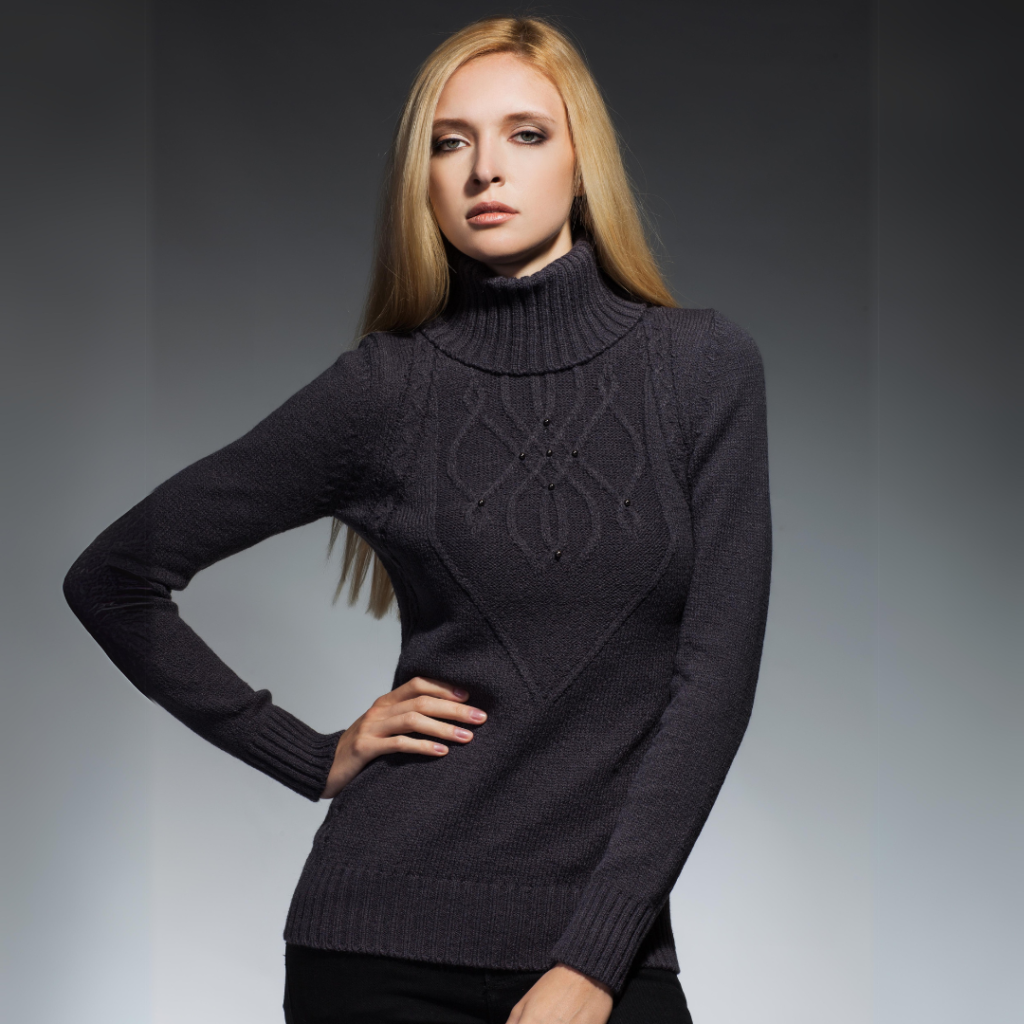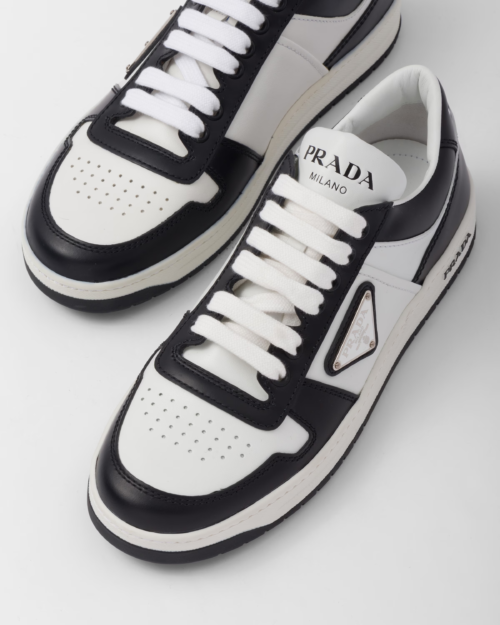
Are you torn between cashmere vs wool for your next cozy purchase? You’re not alone! Both fabrics have long histories of providing unparalleled warmth and luxury. Cashmere, derived from the fine undercoat of Kashmir goats, offers an incredibly soft and lightweight feel, while wool, sourced from sheep, is celebrated for its durability and versatility. In the fashion and textile industries, both materials are revered for their unique qualities and extensive uses. In this post, we will break down the key differences between cashmere vs wool, to help you make an informed decision for your wardrobe. Isn’t it time you discovered which fabric reigns supreme?
Cashmere vs Wool: The Differences
Cashmere and wool are two luxurious materials with distinct characteristics and origins that influence their qualities and properties.
Fiber Sources
Cashmere is sourced from the fine undercoat of Cashmere goats, known for their soft and insulating fleece. On the other hand, wool comes from the fleece of sheep, which varies in texture and quality based on the breed of the sheep. The source of the fibers impacts the softness, warmth, and durability of the fabrics, making cashmere more luxurious and softer compared to wool.
Production Process
Obtaining cashmere involves a meticulous process of shearing the goats to collect the downy undercoat. The fibers are then cleaned to remove impurities and spun into yarn for weaving. Wool production includes shearing the sheep, washing the fleece to remove lanolin, and carding the fibers to align them for spinning. The weaving techniques for cashmere and wool differ, resulting in the premium quality and delicate feel of cashmere and the resilience and sturdiness of wool.

Characteristics of Cashmere and Wool
Cashmere is prized for its unmatched softness, lightweight warmth, and hypoallergenic properties, making it a preferred choice for luxurious knitwear. Conversely, wool is known for its excellent insulating properties, moisture-wicking abilities, and resilience to wear and tear. While cashmere offers a delicate touch against the skin, wool provides durable protection against the elements, showcasing the unique benefits of each fabric for various purposes.
Style and Fashion Trends
Cashmere and wool are not just about warmth; they are fashion powerhouses that can elevate your style game to new heights. Let’s delve into the luxury appeal of cashmere and the versatility of wool in the ever-evolving world of fashion.
Luxury Appeal of Cashmere
When it comes to luxury fashion, cashmere reigns supreme. Picture the sheer elegance and sophistication associated with cashmere garments. The touch of cashmere against your skin exudes opulence and refinement, making you feel like a million bucks. Cashmere has long been synonymous with high-end status and exclusivity in the fashion realm. The timeless appeal of cashmere sweaters, scarves, and coats transcends trends, ensuring that your investment pays off for years to come.
Versatility of Wool
Now, let’s talk about the versatility of wool in the realm of fashion. Wool is not just for cozy sweaters; it is a fabric that seamlessly blends practicality with style. From the chilly winters to breezy summer evenings, wool adapts to various climates, keeping you comfortable and chic. Whether you’re dressing for a casual day out with friends or a formal dinner party, wool offers a wide range of styling possibilities. Pair a wool blazer with jeans for a laid-back look or opt for a tailored wool suit for a sophisticated ensemble. The possibilities are endless when it comes to styling wool for different occasions.

In the dynamic world of fashion, both cashmere and wool play crucial roles in creating luxurious and comfortable clothing and accessories. Embrace the luxury of cashmere and the versatility of wool to elevate your style statement and make a lasting impression wherever you go.
Maintenance and Care Tips
Caring for your cashmere and wool items is essential to maintain their luxurious feel and longevity. By following the right cleaning methods and storage advice, you can ensure that your favorite garments stay in top condition for years to come.
Cleaning Methods
When it comes to cleaning cashmere and wool, gentle care is key. Start by filling a clean sink or basin with cold water and a mild detergent specially formulated for delicate fabrics. Gently agitate the water to create suds, then submerge the item and let it soak for a few minutes. Avoid wringing or rubbing the fabric, as this can cause damage. Instead, gently press the water out and rinse with cold water until all the soap is removed.
To dry cashmere and wool items, lay them flat on a clean towel and reshape them to their original dimensions. Avoid hanging or wringing out the garments, as this can stretch or misshape the fabric. Keep them away from direct sunlight and heat sources, as these can cause fading and damage.
Storage Advice
Proper storage is crucial to protect your cashmere and wool pieces from moth damage and maintain their shape. Before storing, make sure the items are completely clean and dry. Opt for breathable storage bags or containers to allow air circulation and prevent moisture buildup.
To further safeguard your garments, consider using natural moth repellents like cedar blocks or lavender sachets. These will help deter pests without the use of harsh chemicals. When storing items for long periods, check on them periodically to ensure they remain in good condition.
By following these maintenance and care tips, you can enjoy your cashmere and wool items for years to come, looking as impeccable as the day you bought them. Treat your favorite pieces with the love and attention they deserve, and they will reward you with timeless elegance and comfort.

Environmental Impact and Sustainability
Cashmere and wool, often coveted for their luxurious feel and warmth, have different environmental impacts and sustainability factors. Let’s delve into how these industries are adopting sustainable practices to minimize their ecological footprint and promote ethical sourcing and production.
Sustainable Practices in Cashmere and Wool Industries
Initiatives for Ethical Sourcing
In the cashmere industry, manufacturers are increasingly focusing on ethical sourcing practices to ensure the well-being of goats. Sustainable cashmere production involves practices such as proper grazing management to prevent overgrazing, which can lead to land degradation. By working with herders who follow responsible animal husbandry practices, the industry aims to maintain a healthy balance between production and environmental preservation.
Fair Treatment of Animals
Wool manufacturers are also emphasizing the fair treatment of sheep in their operations. Practices such as mulesing, a controversial method of removing strips of wool-bearing skin around the sheep’s breech to prevent flystrike, are being replaced with more animal-friendly alternatives. Brands are investing in sustainable farming practices that prioritize the welfare of sheep, ensuring they are treated humanely throughout their lives.

Environmentally-Friendly Practices
Both the cashmere and wool industries are exploring environmentally-friendly production methods to reduce their impact on the planet. This includes implementing eco-friendly dyeing processes, investing in renewable energy sources for manufacturing facilities, and reducing water consumption during production. By adopting sustainable practices, these industries are striving to minimize waste, emissions, and energy consumption, ultimately contributing to a greener future.
In the grand scheme of sustainable fashion, understanding the environmental impact of materials like cashmere and wool is crucial. By supporting brands that prioritize sustainable practices, consumers can make more informed choices that benefit both the planet and the communities involved in the production process. Embracing eco-conscious options not only elevates your style but also makes a positive impact on the world around you.
Conclusion
Choosing between cashmere and wool depends on your priorities and lifestyle. Cashmere offers unparalleled softness and luxury, making it a premium choice for stylish, cozy garments. Wool, on the other hand, boasts durability, warmth, and a variety of textures that suit different fashion trends and functional needs.
Both fabrics require specific maintenance routines to preserve their quality. Cashmere needs gentle hand washing and careful storage, while wool can often withstand more robust cleaning methods.
Considering the environmental impacts, wool is generally more sustainable due to its biodegradability and lesser resource-intensive production compared to cashmere.
When it comes to cashmere vs wool, selecting the right fabric aligns with your personal preference and ethical considerations. Whether you prioritize the ultimate luxury of cashmere or the versatility and eco-friendliness of wool, make your choice consciously to enjoy the best of both worlds.
Unlock a world of fashion wonders with our must-have mystery box! Contact our amazing team here now and be prepared to be amazed!







